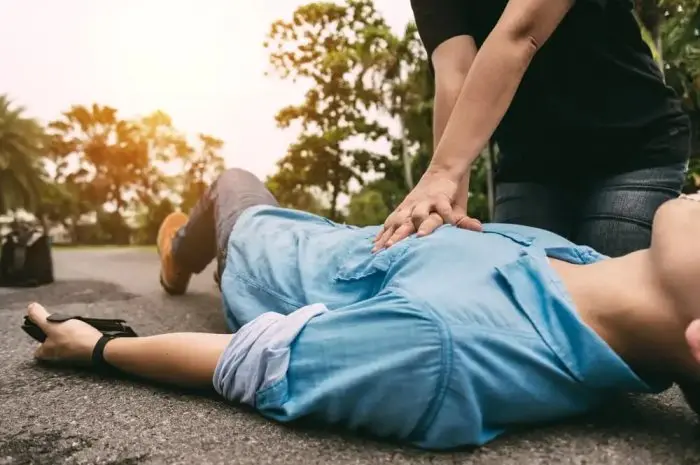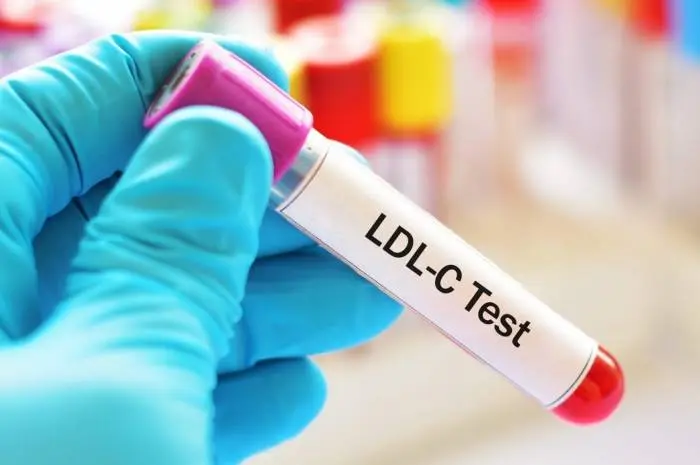First Aid During a Heart Attack
Heart attack is a life-threatening emergency, which requires prompt action. It happens when the blood supply to the heart is suddenly blocked by a blood clot. As a result, the heart muscle gets starved for oxygen and begins to die. People with angina are more susceptible to heart attacks since the arteries of heart become narrow and the heart muscle does not receive enough blood. This may happen when a person is doing some physical activity as well as when at rest.
The majority of people make a full recovery after a heart attack, however there is a risk of a cardiac arrest – when the heart stops beating. Therefore it is vital to get treatment right away.Prompt treatment lessens damage to the heart and saves lives. The sooner the person gets help, the better are the chances for survival.
Hot Topics: The Best Things to Do in Semarang that You Will Never Forget
It is important to recognize the symptoms of a heart attack, although they may differ from person to person. Not all heart attacks begin with sudden chest pain. Some may cause mild or no symptoms at all, in particular those that happen to older adults, women and diabetes patients. They might begin slowly, with mild pain and discomfort and may include:
- Uncomfortable pressure, squeezing or fullness in the center of chest.
- Pain felt in the jaw, neck, back, stomach, shoulder or arms, which can last for a few minutes, or may go away and come back.
- Breathing difficulty or gasping for air with or without chest discomfort.
- Numbness, tingling or aching in one (usually left) or both arms.
- Unexplained weakness or fatigue, especially in women and older adults.
- Fainting, dizziness or lightheartedness.
- Nausea or vomiting (especially in women).
- Perspiration or cold sweats.
- Pale skin with blueness under lips.
- Rapid, weak or irregular pulse.
If you or someone else has chest pain or any of the above-mentioned symptoms:
- Help the person to sit down and rest. The best position is sitting on the floor leaning against a wall with bent knees, head and shoulders supported. Place cushions behind back and under the knees. This should ease the pressure on the heart and stop the person from hurting himself if he collapses.
- Try to calm the person down as the excruciating pain with feeling of impending doom can make the matter worse.
- Loosen all tight clothing.
- Ask the person whether he takes any chest pain medications, such as nitroglycerin for angina, and help him take it. Angina pain is typically a tight chest pain, which eases if the person rests straight away and takes angina medication. The pain may only last for a few minutes. If it lasts longer,presume it is a heart attack.
- Call 911 or your local emergency number. Do not ignore the symptoms or attempt to bear pain for more than 3 minutes of taking chest pain medication. Remember, you should call medical emergency within 5 minutes of when symptoms begin.
- Do not drive the heart attack sufferer to the hospital, it is better to wait for an ambulance. The emergency personnel can start therapy on the way to the hospital. They are equipped with cardiac defibrillators and are trained to revive a patient if his heart stops.
- If you can’t reach emergency medical service, take the person to the hospital. If you are the one who is having a heart attack, drive yourself to the hospital only as a last resort and realize that it places you and other people at risk when you drive under such circumstances.Better have your friend or neighbor take you there.
- If the person is not allergic to aspirin, give him a 300 mg tablet of aspirin and ask to chew it slowly (it works faster when chewed rather than when swallowed whole).
- Keep checking the person’s pulse, breathing and level of response.
- If the person loses responsiveness at any point, do CPR (cardiopulmonary resuscitation). If you don’t have any CPR training, skip mouth-to-mouth rescue breathing and perform just chest compressions. The emergency medical dispatcher may instruct you in the proper procedures for dealing with a heart attack sufferer until help arrives.
Related Topics: The Best Things to Do in Ungaran Semarang that You Will Never Forget
Not to make things still worse:
- Never leave the person alone except for calling for help.
- Don’t give the person a heart medication, such as nitroglycerin, unless it has been prescribed to him.
- Don’t wait for the symptoms to go away.
Many patients have a delay in treatment because they doubt they are having a heart attack or because they don’t want to bother their family and friends. Meanwhile, it is always better to be safe than sorry.




